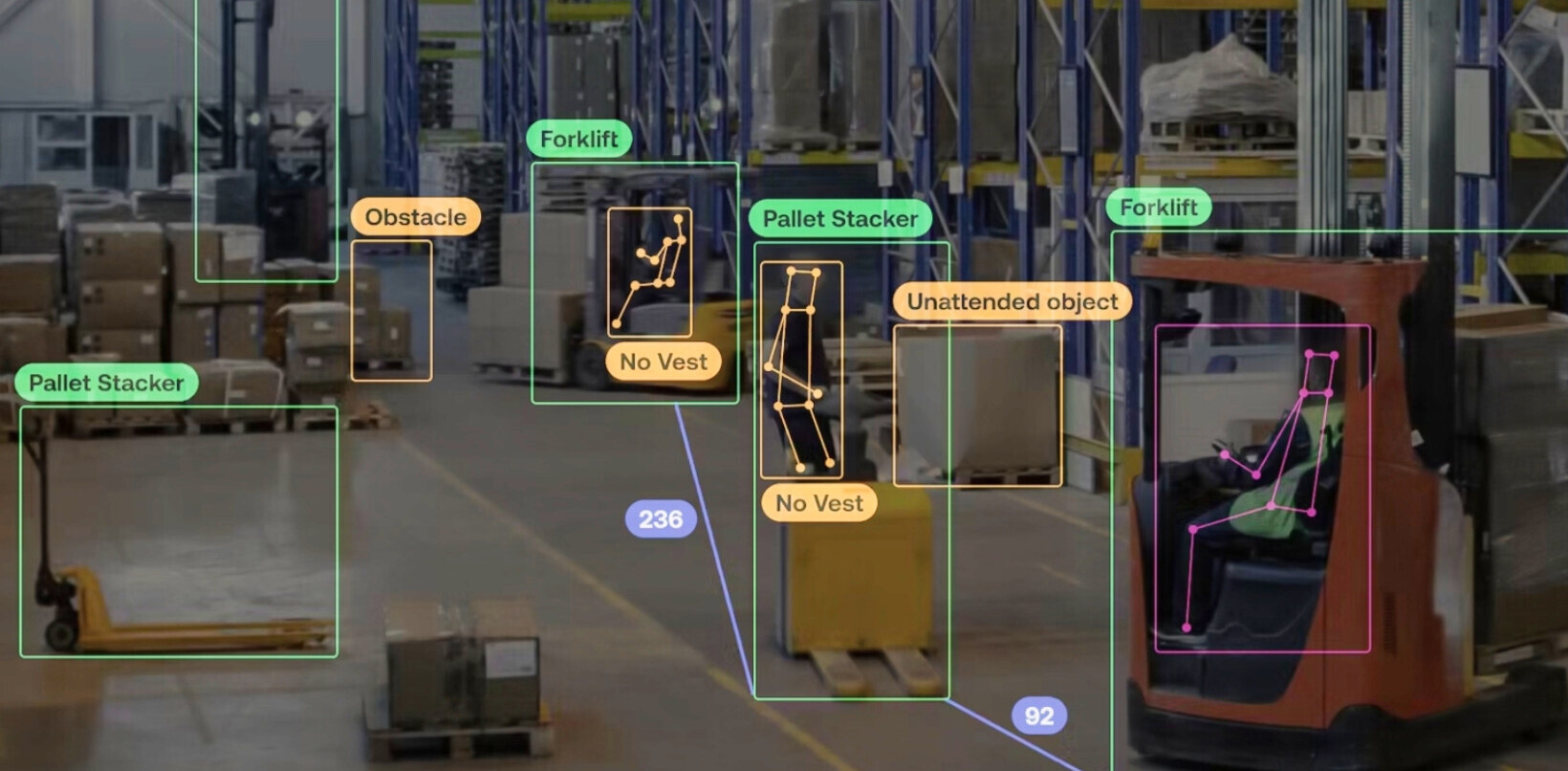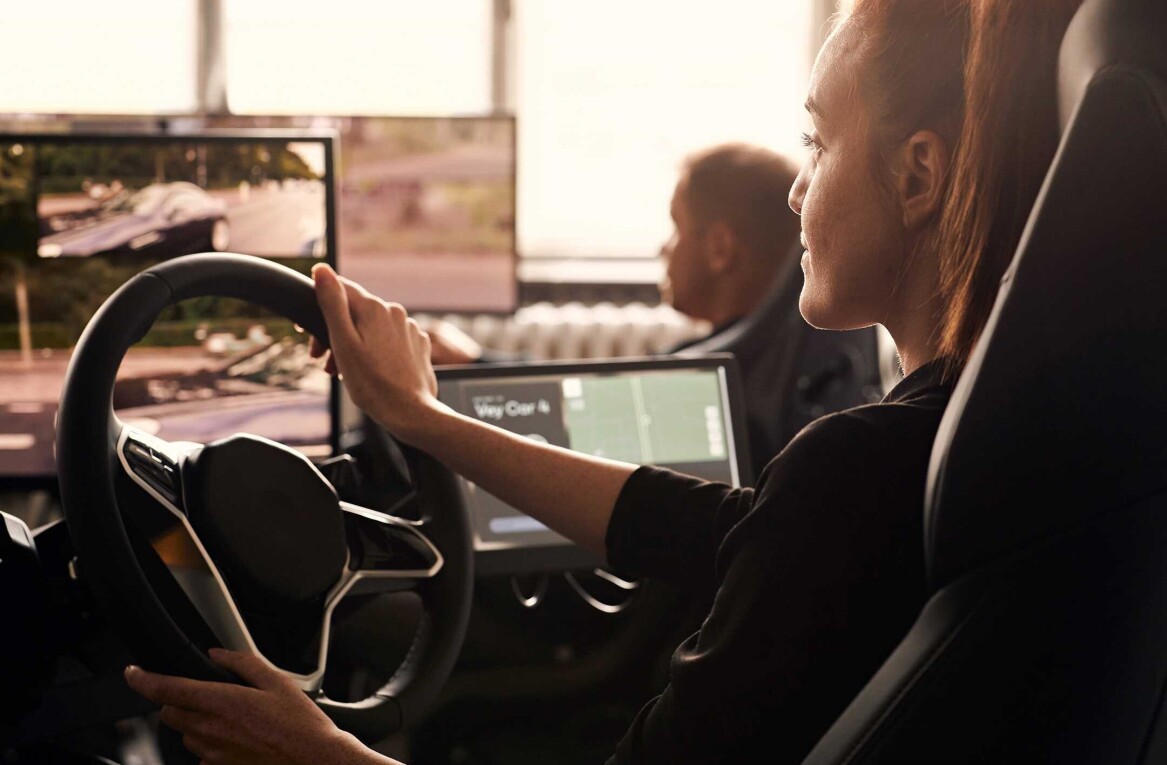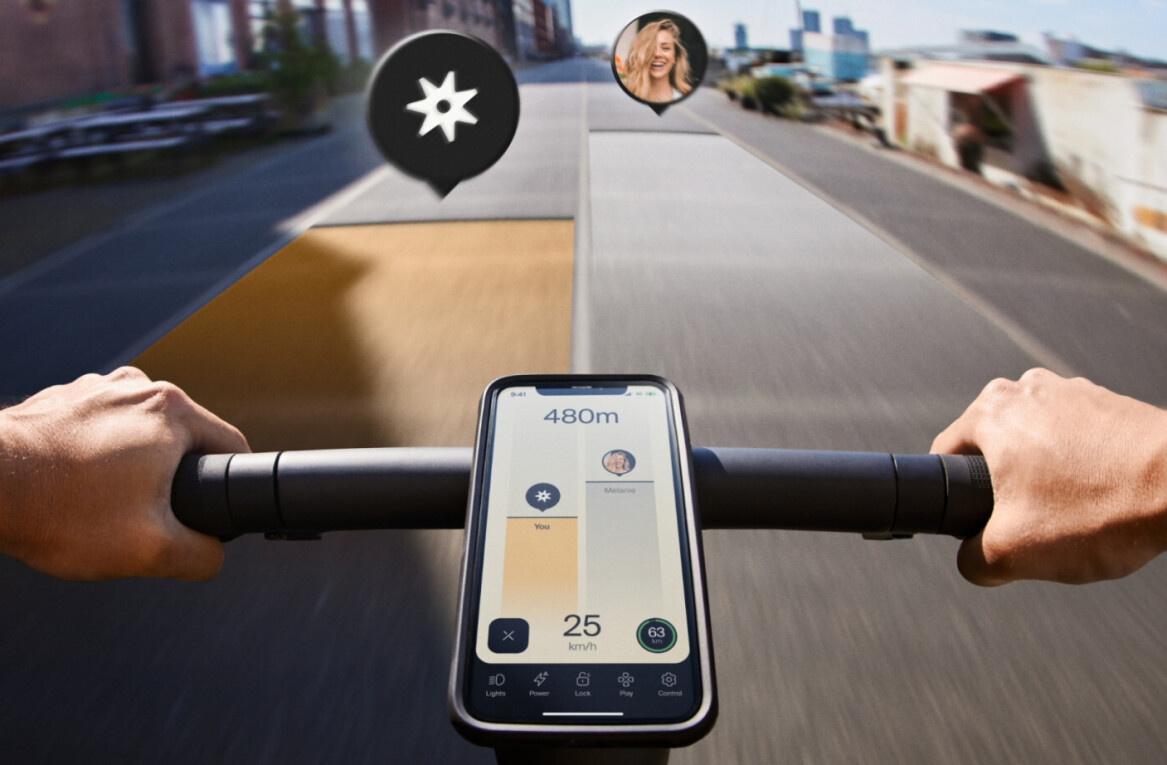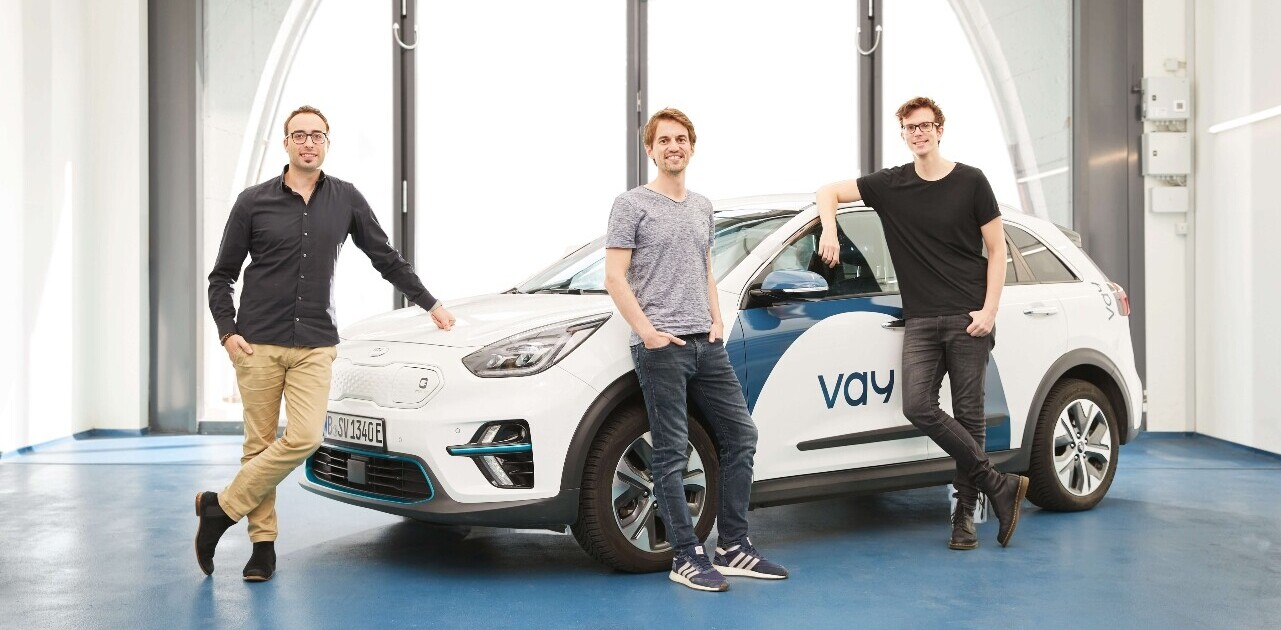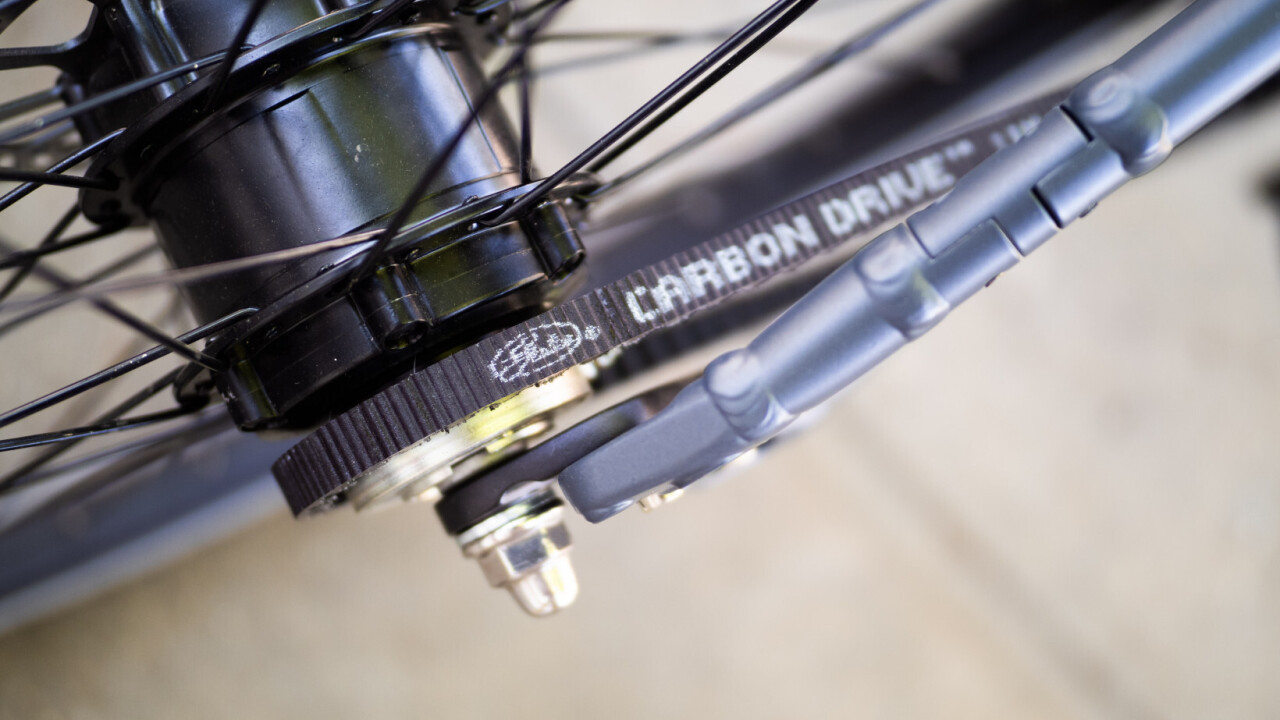
If you’ve been considering buying your first ebike — or perhaps your second or third — chances are you’ve come across some models equipped with a belt drive instead of a traditional chain. But what difference does a belt drive really make, and is it actually worth the usual premium over a tried and trusted chain?
We’re here to help.
What is a belt drive?
Until ebikes started to become popular, almost every bicycle on the market used a chain. But the advent of ebikes has increasingly made belt drives a popular alternative. The Gates Carbon Drive is by far the most popular of these, and it’s the one we’ll focus on the most. There are some alternatives too, but Gates’ belts are so ubiquitous that unless otherwise specified, you can assume we’re talking about this one brand. This isn’t a sponsored post or anything, it’s just the nature of the market right now.
Anyway, to answer the question: at its most basic level, a belt drive is exactly what it sounds like. Instead of a chain transmitting power from your legs to the rear wheel, a belt does the job instead.
Duh, but what’s the point of using a belt?
The most often-cited benefit to a belt drive is durability. The Gates Carbon belt drive is reinforced with — you guessed it — carbon fiber. In case you haven’t heard, that stuff is pretty tough.
Gates’ carbon fiber belts were originally designed for high-power applications like motorcycles and industrial machinery. Ebikes are comparatively puny, so they should pretty much last forever. Gates says its CDX CenterTrack belt is rated for 10,000 miles under peak loads, while chains designed for ebikes “failed at only 275 miles.” In real-world usage, its ebike chains should be replaced every 2,000 miles, while a Gates belt is should last you up to 19,000 miles.
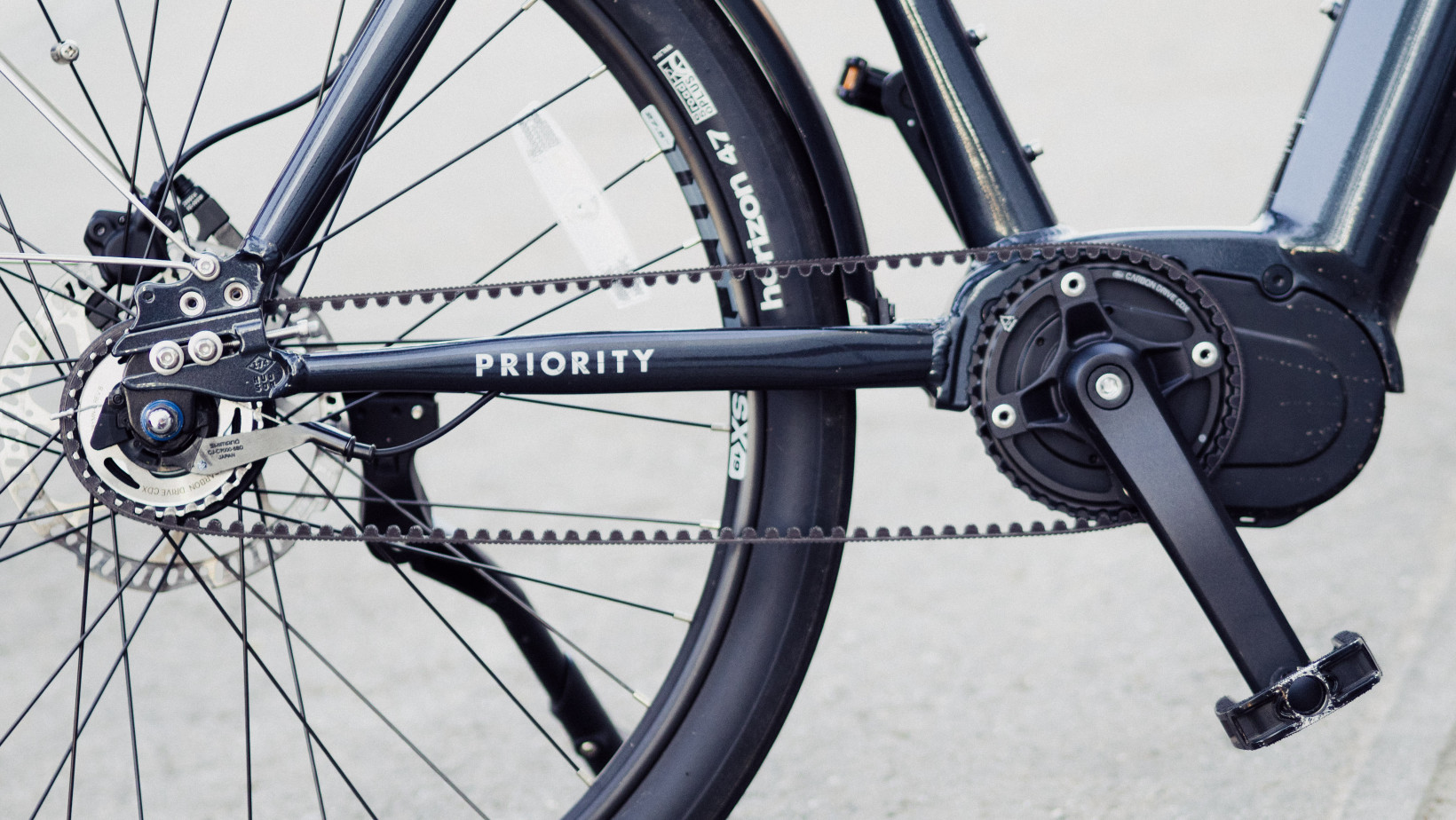
Of course, we’re taking Gates’ word for it here, but in my experience, hearing of a belt drive failing is exceedingly rare. It does happen, but only under extreme conditions or use (often situations in which a chain would have given up much earlier). Meanwhile, ebike chains are more prone to failure with mid-drive motors due to the high torque placed on them relative to a regular bike.
Durability aside, belt drives are almost completely silent, feel extra smooth while pedaling, require no lubrication, and won’t get grease on your pants. The only maintenance required is keeping the belt clear of too much debris and the occasional tensioning, which is easy to do at home (and involves strumming the belt like a guitar).
Plus, they just look pretty cool, if you ask me.
What’s the catch?
There are two big caveats to using a belt drive.
The most notable one is that belts are incompatible with traditional derailleurs. That means that virtually every belt-drive bike is either a single-speed (which isn’t the biggest deal when you have a motor to help), or uses internal gears.
Usually, belt-drive ebikes that aren’t single-speed use an internally-geared rear hub. That means it’s rare to find belt-drive ebikes that use rear hub motors and have multiple gears, although occasionally you’ll get bikes with gears closer to the pedals, such as a Pinion Gearbox or Schlumpf Drive. Still, those are the exception to the norm.
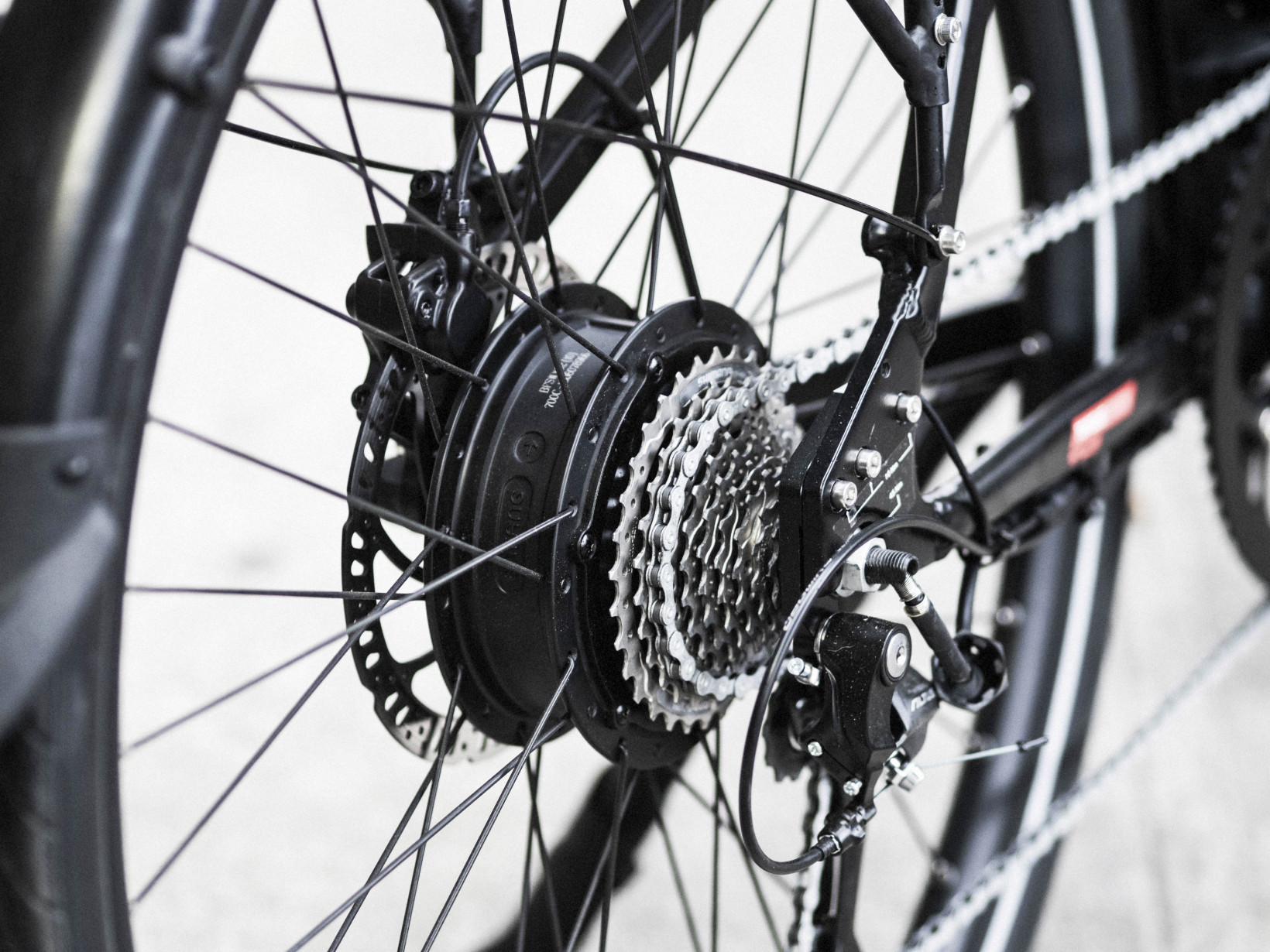
In other words, choosing between belt and chain-driven ebikes is often also a choice between internal and external gears. To some up some of the common pros and cons:
- Internal gear hubs are usually a lot more durable as components are shielded from the elements and physical damage.
- Derailleurs are usually lighter, although this is a marginal difference on most ebikes.
- Internal gear hubs allow you to shift gears from a stop, but some don’t allow you to shift while pedaling. Derailleurs can only shift while the wheel is in motion, which can be annoying if you’re stuck in a high gear at a red light.
- Internal gear hubs are usually less efficient at converting your pedaling into motion than a well-maintained chain and derailleur, and vary more depending on what gear you’re in. Studies show that chains are roughly 97-99.5% efficient and tend to be fairly consistent by brand. Internal gear hubs can vary dramatically depending on the brand, and even what specific gear you’re in; I’ve seen figures ranging from above 99% to as low as 80%.
- On the other hand, “well-maintained” is an important caveat, as most people don’t go through the trouble of cleaning and lubricating their drivetrain on a regular basis. That should offset some of the difference.
- Derailleurs often offer more gears overall for better finetuning of your pedaling cadence. But again, that’s often not necessary on an ebike.
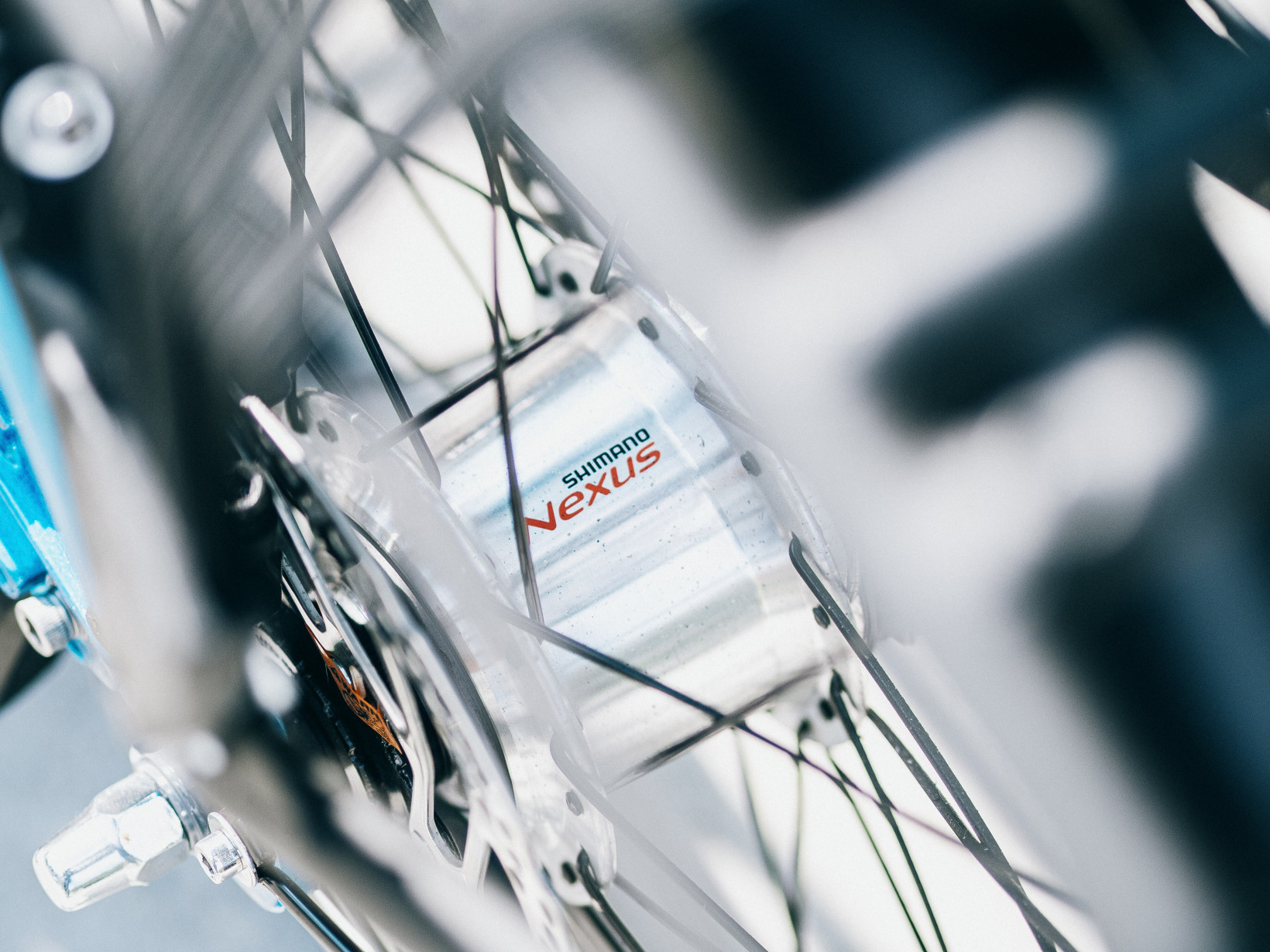
Most belt drives also require an ebike with a split frame, meaning the frame has a cutout that allows you to remove the belt. That said, there are some companies that make split belts, such as Veer, but these are still pretty rare.
It’s also worth noting belt drive ebikes are normally more expensive. This is in part because of the belt itself, but also because most belt drive ebikes use mid-drive motors unless they are single-speed designs. Naturally, you can’t use a rear hub motor with an internal gear hub, as they’d have to occupy the same space.
There are some cheaper belt-drive ebikes too, like the Ride1Up roadster V2 (which uses a TopTrans belt). That said, the caveat to keep in mind with these alternative belts is that you might have more trouble finding a replacement should the belt actually fail.
So should I get an ebike with a belt drive instead of a chain?
Yes. If given the choice between an ebike with a belt drive and an ebike with a chain, all else being equal, you should probably choose the ebike with the belt drive. There are very few negatives to the technology, and it’s just all-around a more premium experience.
The problem is that all else isn’t usually equal. As mentioned, belt drive ebikes can be more expensive, they’re usually single speed or use internal gears, and an internal gear hub often adds a little bit to a bike’s weight. So the better question might be “is a belt drive worth it?”
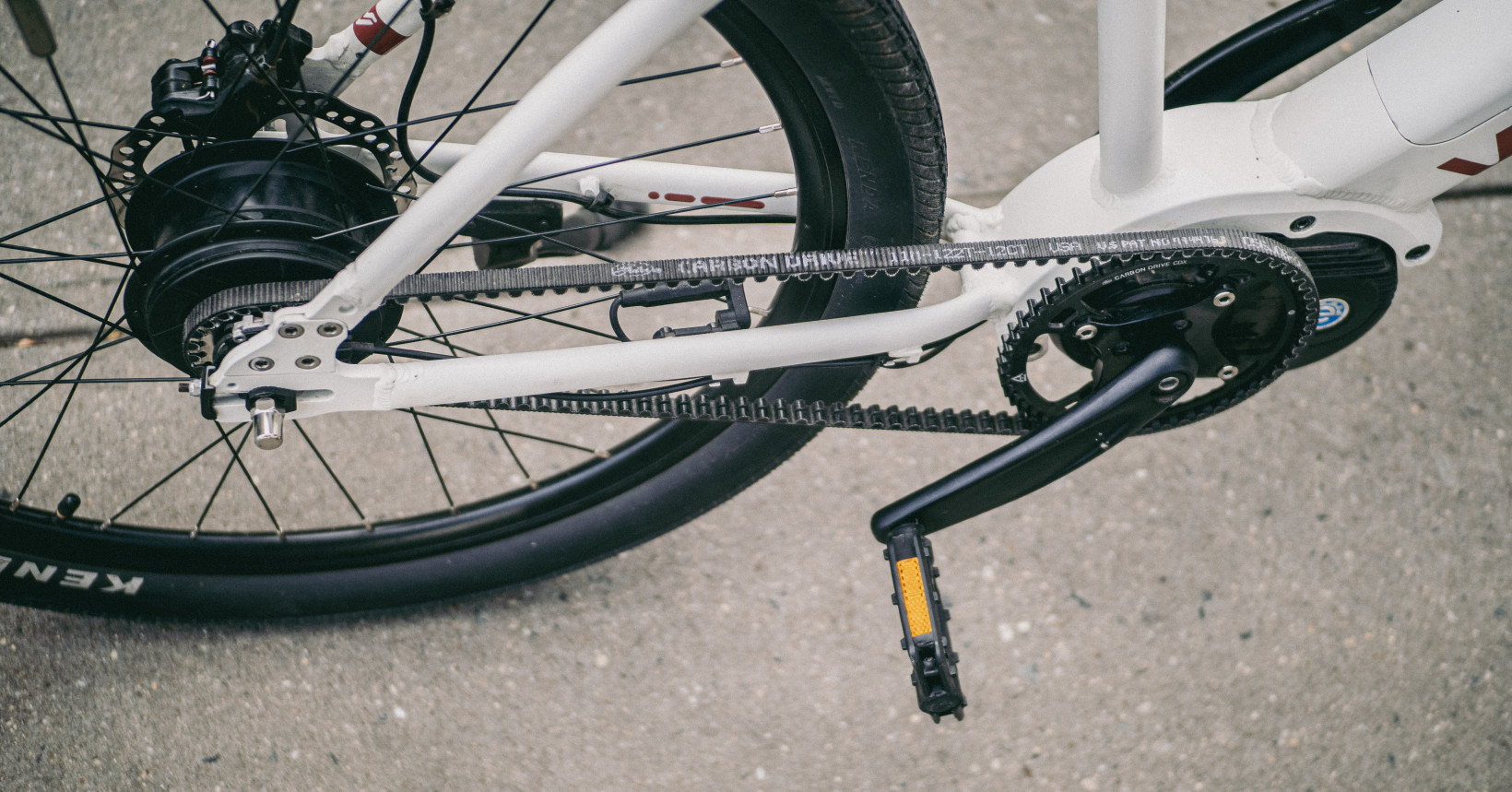
To that, I’d say it ultimately comes down to price. In my experience, belt drives are primarily a really nice quality-of-life feature more than a must-have. In my day-to-day usage, my favorite thing about them is the silent, smooth operation, not getting grease on my pants, and requiring less maintenance overall.
While the durability is really nice for peace of mind, it’s not as if I’m breaking bike chains that often either. It’s only happened to me once, and fixing a chain isn’t that hard to do with the right toolkit. And while I don’t care about every bit of weight savings and pedaling efficiency possible, I can understand that some people prefer these qualities in a more traditional setup.
In other words, getting a bike with a plain old chain and derailleur shouldn’t be a deal-breaker if it otherwise checks all your boxes — unless you have unusual durability needs.
Still, ebikes with belt drives are becoming more common by the week and just make for a nicer ride experience. While a belt drive is not the only thing to consider when buying a new ebike, it sure is nice to have.
Get the TNW newsletter
Get the most important tech news in your inbox each week.
